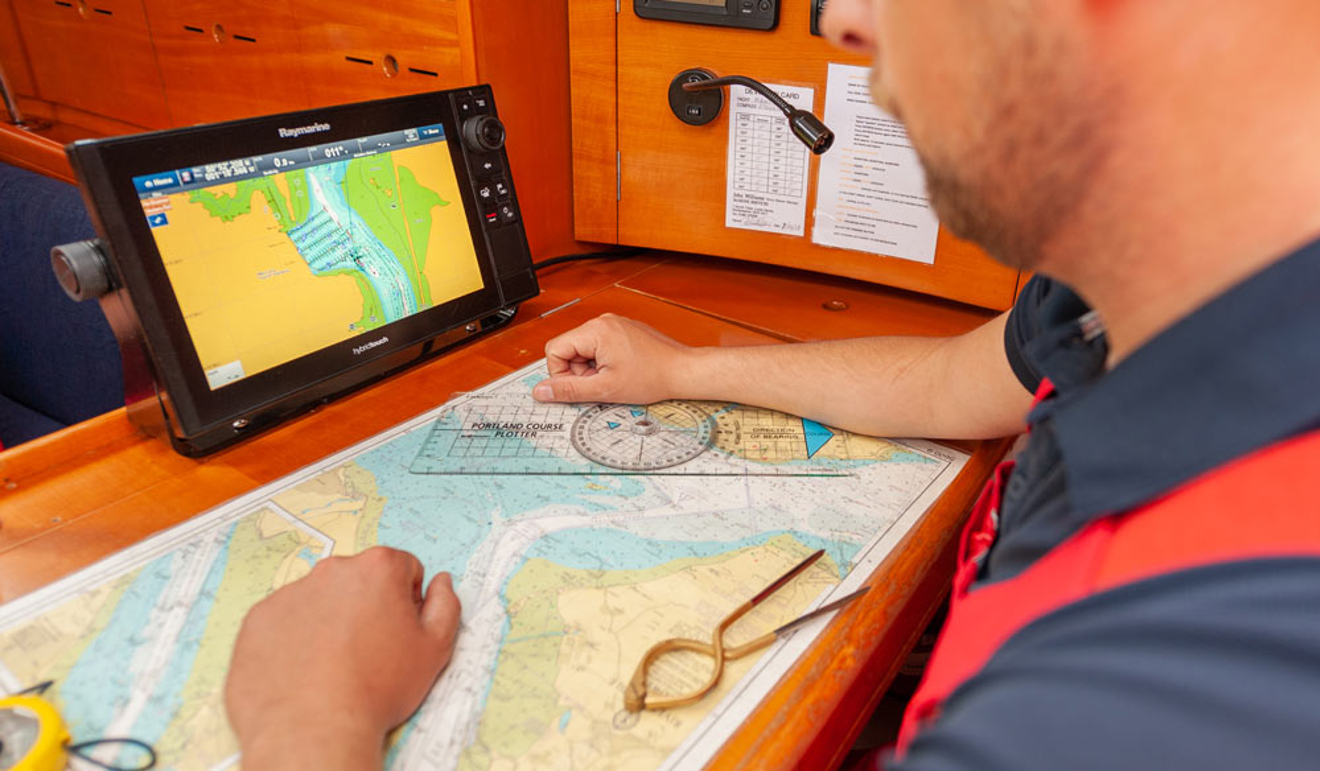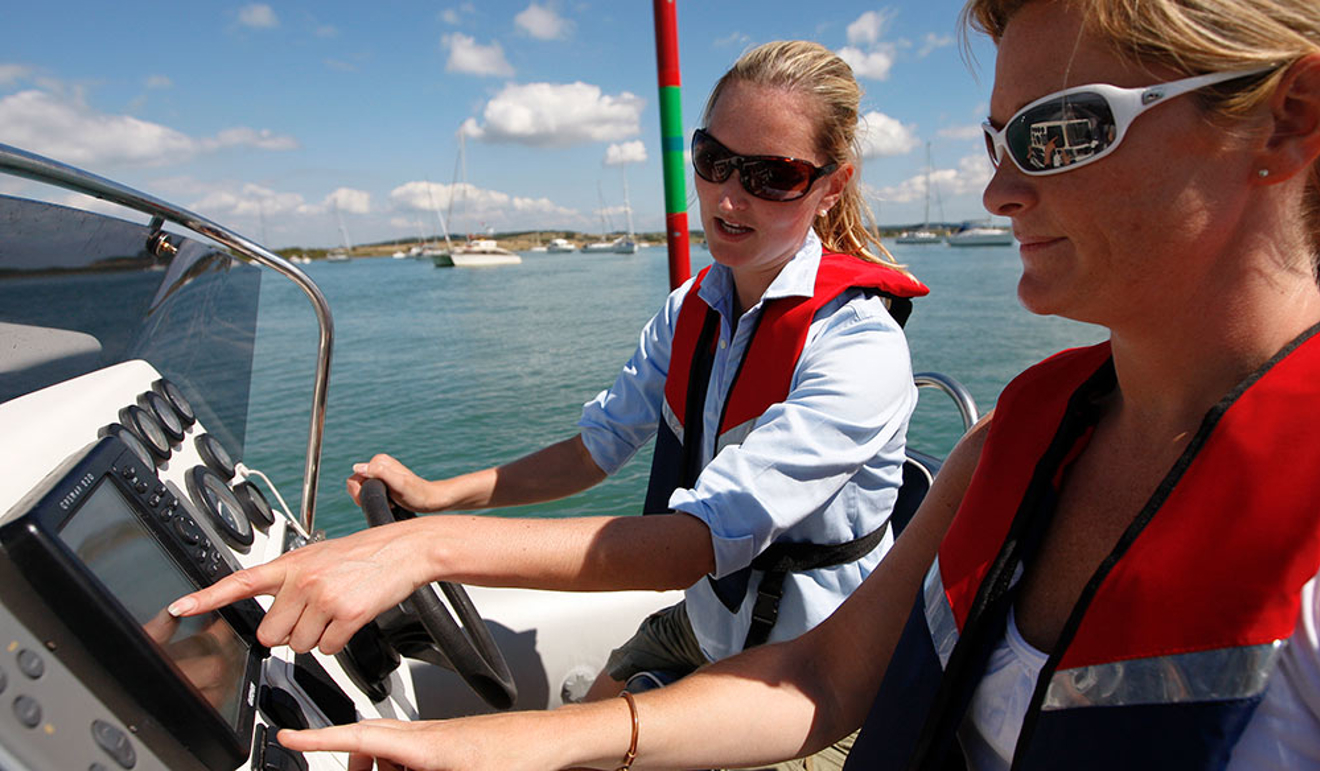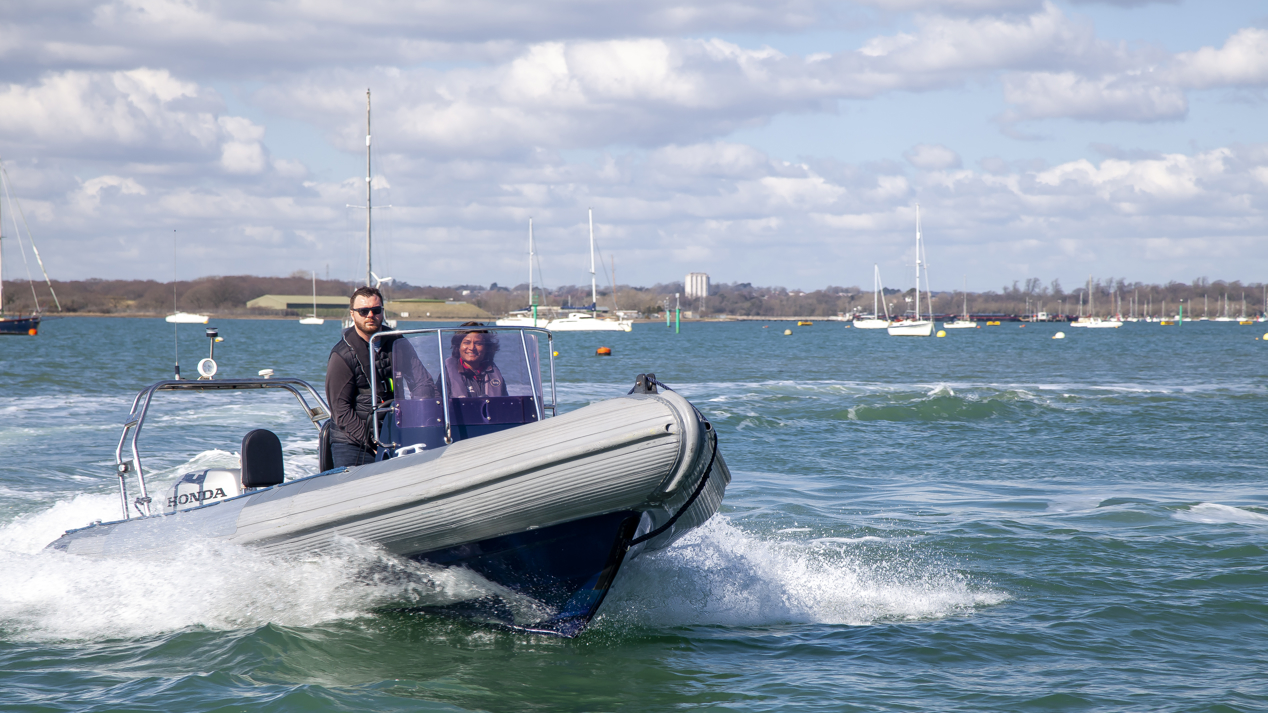The rise of eNavigation
The RYA prepares for the UKHO’s decision to phase out paper charts
The way we navigate is set to change. In 2022 the United Kingdom Hydrographic Office (UKHO) announced plans to withdraw its portfolio of Admiralty Standard Nautical Charts and Thematic Charts.
The decision was in response to more marine, naval and leisure users using digital products and services for navigation, and the subsequent decrease in paper product sales. UKHO plans to develop, in conjunction with commercial chart and equipment manufacturers, a digital solution fit for small craft, saying: "We will continue to provide a paper chart service until at least 2030". But the plan is to withdraw all paper charts sometime after 2030.
There are other manufacturers, such as Imray, who will continue to provide paper charts beyond this time, but in the next ten years or so digital will become the dominant method of navigation.
In response to these changes, the RYA is working to define and embed the core principles and techniques needed to safely navigate digitally. Initially we plan to present information and techniques within the Day Skipper shorebased and Yachtmaster courses to enable the principles learned ashore to be applied during our practical courses.
Digital vs paper
For the merchant shipping world, digital-only navigation has been a reality for 20 years. However, the UK’s Chief Inspector of Marine Accidents concludes that after two decades of Electronic Chart Display and Information Systems (ECDIS) use, "there is still little consistency between equipment manufacturers – changing products requires training to understand the menu structure and settings".
In contrast, with paper-based techniques well established around the globe, we can navigate on official paper charts with ease, regardless of the country of origin. Almost as proof of the standardisation of paper-based techniques, the UKHO has already withdrawn 178 paper charts from overseas areas where the local Hydrographic Office provides suitable alternatives for UK ships to use.

Location awareness
Changing mindset is the biggest challenge in letting go of old habits and establishing or adopting new ones.
To give an example, it is relatively common practice to regularly plot a vessel’s Global Navigation Satellite System (GNSS) derived position on a paper chart, perhaps as a record or as a check that all is well. We can see the hourly plot gradually creep across the chart as the passage unfolds.
With a navigation system showing the vessel’s position, what is the purpose of plotting this fix? It’s a familiar action, and therefore reassuring. But does it add value? We actually risk introducing human error to that manual plot.
Since the rapid rise of affordable GNSS receivers, let alone the advent of the smart phone, finding our position on the globe is quite easy. Our focus should now be on verifying the position offered and allowing more time for situational awareness and decision-making. Position monitoring becomes more significant, particularly when in pilotage waters, where knowing a GNSS derived position as a latitude and longitude is far less useful than knowing you are on the transit to pass through the rocky outcrops either side of the bay.
We know that people can change their habits when they see the benefit – for example, digital depth readings are common, lead lines are not. The difficulty with this change is uncertainty about the future, inconsistency of product features and our relationship with paper charts – a full-scale admiralty chart is great to plan on, but to do the same on a digital display requires more patience and a new skill set. Using vector charts also risks missing important information if we’ve turned off features or haven’t zoomed in enough.
eNavigation
The International Maritime Organisation (IMO) defines eNavigation as "the harmonised collection, integration, exchange, presentation and analysis of marine information on board and ashore by electronic means to enhance berth-to-berth navigation and related services for safety and security at sea and protection of the marine environment".
This wide-reaching definition needs to be applied as best it can to the leisure world. The UKHO is presenting a paper to the IMO, supported by other administrations, to develop an international standard of digital navigation for the small craft sector.
When this comes to fruition, we’ll have approved systems that can fully replace the paper chart and enable us to embrace the efficiencies of navigation completely.
In support of this, the International Association of Lighthouse Authorities continues to update its guidance on a VHF Data Exchange System aimed at increasing the ability to transmit data over VHF, in a similar way to automatic identification systems. The last update was in December 2022, where potential uses were listed as providing GNSS augmentation to further improve positioning or providing automatic chart updates based on provided routes.

Digital sources
Digital first navigation is using digital sources to answer basic navigational questions, and to ensure sailors choose the right tool or information source. It takes some of the hard work out of passage planning and making. With the right system, planning and monitoring a passage will be greatly enhanced, with the system doing the heavy lifting. Our role is to confirm the plan is correct, monitor the system and identify when it’s giving us inaccurate information.
We do need to acknowledge that older equipment may not have the capabilities to effectively plot a route or see the detail required and may not be able to use any new approved system or charts.
Over time the requirements of an approved system and electronic charts will become clearer, allowing us to dive much deeper into simulator- and manufacturer-specific training for digital first navigation on fully integrated navigation systems.
Discover more
Learn more about UKHO’s paper chart production, and how to get more from your electronic navigation aids.
Explore our safety hub
For more information about staying safe on the water visit the RYA Safety hub.

